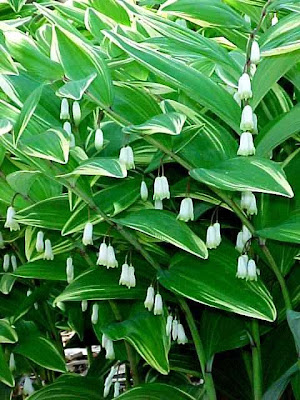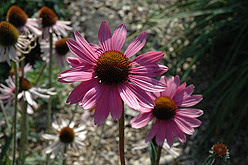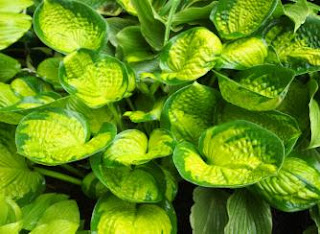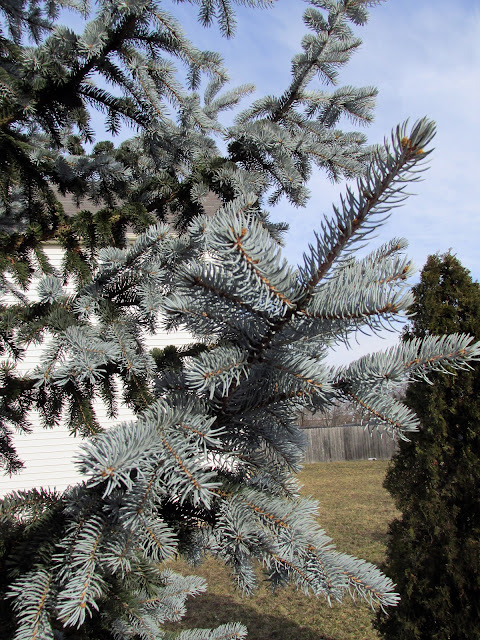 |
| Hoopsi Colorado blue spruce |
Living in the Chicago area, I've always appreciated the blues -- especially those in my garden during the winter.
I have nine evergreens with blue or green and blue needles that provide much needed color this time of year. For most of the growing season, these conifers retreat into
the background, providing texture and a nice backdrop for the perennials and
shrubs. In the winter, though, they take center stage.
It wasn’t always this way. Evergreens and I started out like
Elizabeth Bennet and Mr. Darcy in Jane Austen’s Pride and Prejudice. I thoroughly disliked the scrubby junipers in the foundation planting at my first house as well as a taller, sharp-needled juniper near the front door that seemed to
attack every visitor. They were quickly removed. I vowed never to plant an
evergreen.
Living through a few snowy Minnesota winters with next-to-no color
in my back yard softened my position. I planted an arborvitae to screen my wood pile.
Then I moved to the Chicago area where I eventually worked part-time at a nursery specializing in dwarf conifers. It was an eye-opening
experience, to say the least. I never realized that evergreens came in so many sizes,
shapes and colors besides green. Many are slow-growers or very narrow, perfect for typical urban lots.
Blue quickly became my favorite because it complements
the purple, blue and pink flowers I tend to plant. Call me old fashioned, but
don’t call me late for dinner.
Here are my "everblues."
1.)
Dwarf Colorado Blue Spruce. (Picea pungens glauca globosa) A
globe that anchors the main bed in my front yard. A slow grower, it will eventually be about 3-5' tall and wide. A nice complement to
blue oat grass (Helictotrichon sempervirens).
2.)
Hoopsi Blue Spruce (Picea pungens ‘Hoopsii’). Tall, thin and true blue. A slow grower, it will eventually reach 20-30' tall, and just 5' wide. It was the first evergreen I planted after moving to my current home and the tallest one.
3.)
Blue Star juniper (Juniperus squamata ‘Blue Star’). A small ground hugger, only 2-3' tall and 3-4' wide at maturity. The needles take on a bronze tone during the winter.
 |
| Vanderwolf's Pyramid limber pine with needle closeup |
4.)
Vanderwolf’s Pyramid Limber Pine (Pinus flexilis ‘Vanderwolf’s Pyramid’). These
branches with their blue and green needles are verrrry flexible, a plus if you
have small children running around in your back yard. Open habit. Another slow grower, its eventual height is estimated at 20-25' tall and 10-15' wide.
5.)
Blue Shag white pine (Pinus strobus ‘Blue Shag’). This round ball with
blue and green needles is a slow grower but could eventually become 5' by 5'. Located near my front door, it blends particularly well
with perennials.
6.) Candicans white fir (
Abies concolor 'Candicans'). Wonderfully thick blue gray needles. Will gets to be 30' tall and 10' wide. Has purple pine cones. My neighbor actually asked me if the pine cones were real!
The following are harder to find, but be
sure to pick them up if you spot them.
7.)
Blue Serbian Spruce (Picea omorika ‘Glauca’). I love the swooping nature of the branches
and the blue color makes it even more special. Eventually will reach 50-60' high and 20-25' wide.
8.)
Yukon Blue white spruce (Picea glauca ‘Yukon Blue’). This evergreen has short needles that are almost a “smoky’ blue and cute, tiny pine cones. It supposedly will eventually reach 12' tall and 5' wide. Another slow grower, it isn't in danger of reaching that anytime soon.
9.)
Blue Tear Drop Black Spruce (Picea mariana ‘Blue Tear Drop’). Its foliage is an unusual shade of blue grey and its branches are slightly droopy. Will only get to about 3-4' in 10 years.
Of course, I do have an extensive wish list. It includes a Dream Joy
juniper (Juniperus squamata ‘Dream
Joy’) which has blue needles and yellow tips. Ah, conifer lust!!
I am watching my evergreens particularly close this year
because of the ongoing severe drought in my area. They generally don’t show the
signs of stress until the fall when they have their annual needle drop. Evergreens
also can dry out quickly in the winter because the frozen soil doesn’t allow
the roots to replace the moisture lost through evaporation.
I kept watering them well into November (and have the water
bill to prove it). Our precipitation is still about 10” below normal and -- with little snow cover
-- it looks like that won’t be changing anytime soon.
Still, I’m willing to keep it up and provide some TLC next spring. Without my blue evergreens,
I’d definitely have a bad case of the winter blues.
By Karen Geisler
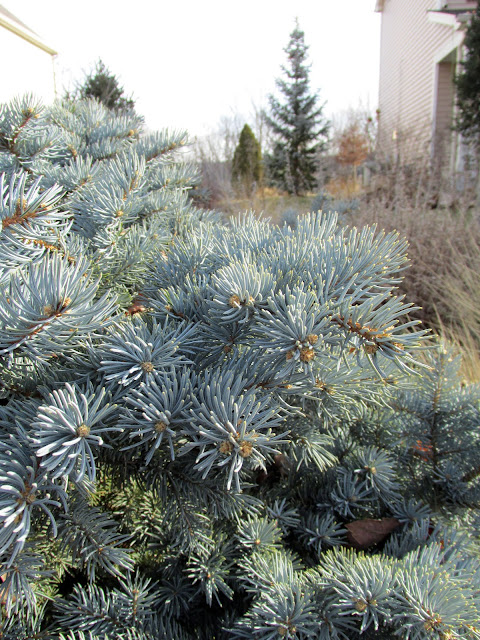 |
| Globe Colorado blue spruce with Hoopsi blue spruce in the background |








